Oman, a country steeped in history and tradition, has long been associated with the precious resin known as frankincense. This aromatic substance, once valued more than gold, played a pivotal role in the trade and culture of ancient civilizations. The Frankincense Trail, a network of routes that facilitated the trade of frankincense from Oman’s southern regions to the rest of the world, is a testament to the country’s rich heritage. This guide delves into the history and mystery surrounding Oman’s Frankincense Trail, exploring its significance and the remnants that continue to captivate travelers today.
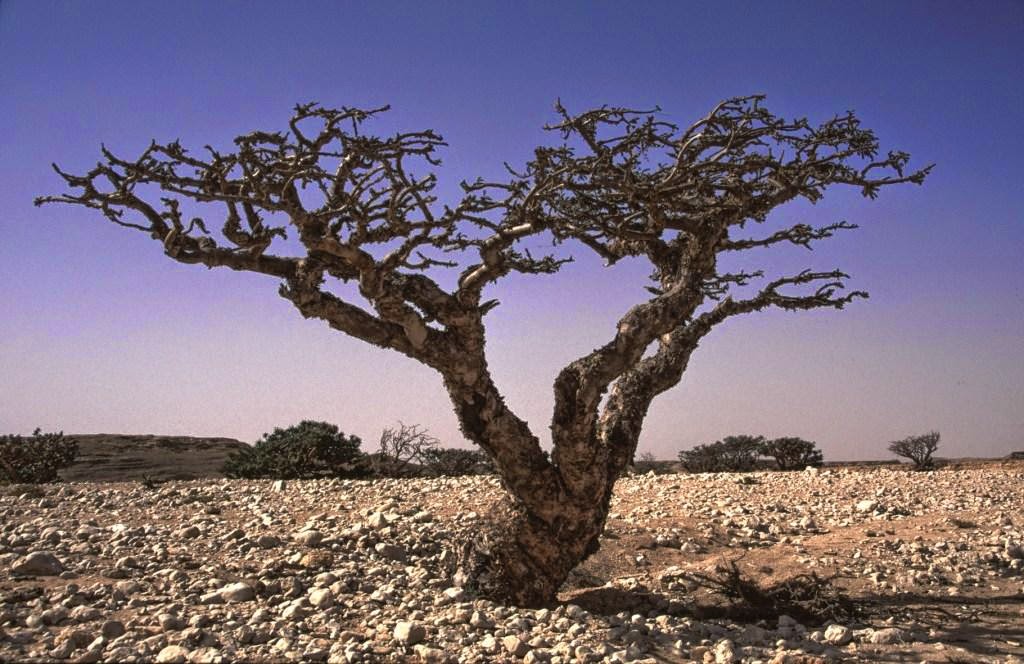
The Significance of Frankincense
What is Frankincense?
Frankincense is a fragrant resin derived from the Boswellia sacra tree, native to the Dhofar region of Oman. When the tree’s bark is cut, it secretes a milky sap that hardens into resin droplets, which are then harvested.
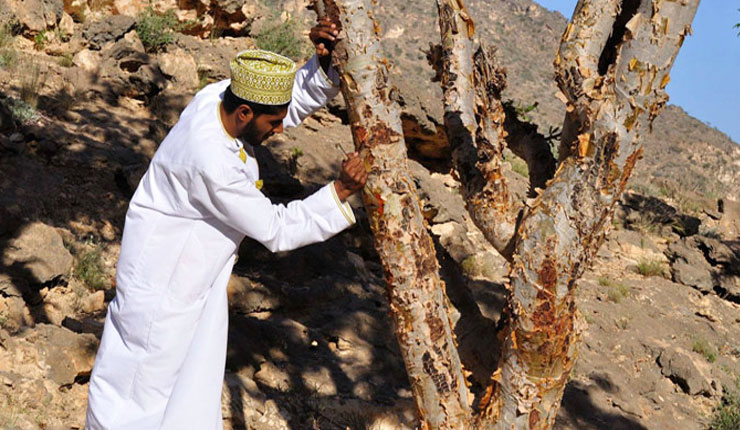
Historical Importance
- Ancient Trade Commodity: Frankincense was a highly sought-after commodity in ancient times, used for religious rituals, medicine, and embalming.
- Cultural Significance: It was burned in temples and churches, symbolizing purification and sanctity.
- Economic Impact: The trade of frankincense significantly contributed to Oman’s prosperity, establishing it as a key player in global commerce.
The Frankincense Trail: A Historical Journey
Origins of the Trail
The Frankincense Trail dates back over 5,000 years, connecting the harvesting sites in Dhofar to markets across the Middle East, Asia, Africa, and Europe.
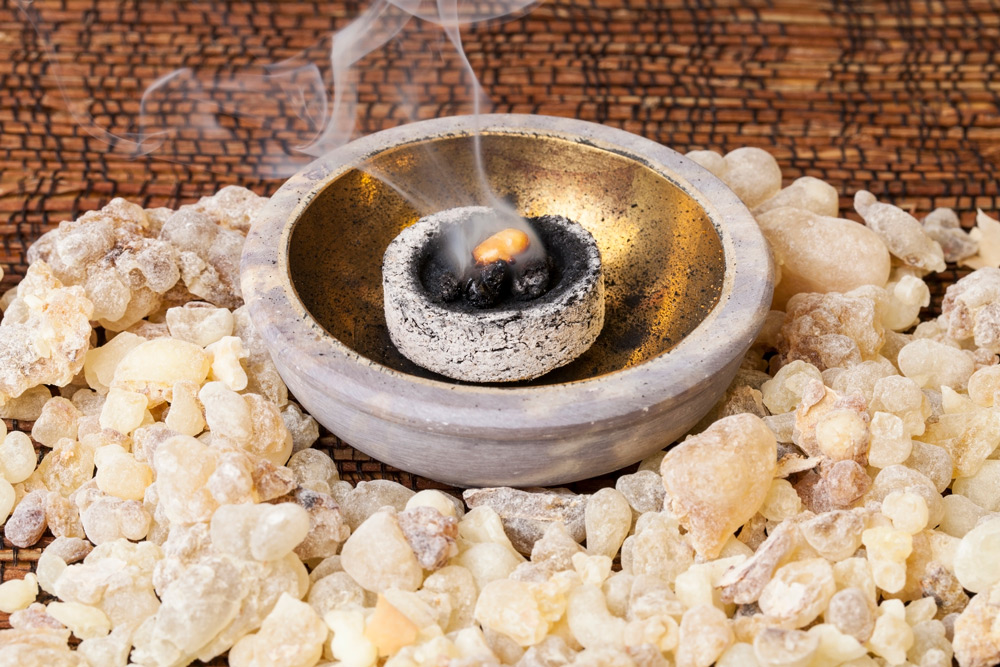
Key Routes
- Land Routes: Caravans transported frankincense through the Arabian Peninsula to destinations like Petra and Jerusalem.
- Maritime Routes: Ships sailed from Omani ports to India, China, and the Mediterranean.
Notable Historical Figures
- Queen of Sheba: Legend suggests she ruled over the frankincense-producing regions.
- Romans and Greeks: Highly valued frankincense, integrating it into their religious and cultural practices.
Exploring the Frankincense Trail Today
Al Baleed Archaeological Park
Location: Near Salalah, Dhofar Region
Highlights:
- UNESCO World Heritage Site: Recognized for its historical significance.
- Museum of the Frankincense Land: Exhibits artifacts related to Oman’s maritime history and frankincense trade.
- Ruins of Ancient Zafar: Once a bustling port city central to the frankincense trade.

Tips:
- Guided Tours: Enhance your experience with knowledgeable guides.
- Evening Visits: The park is beautifully illuminated after sunset.
Sumhuram Archaeological Site (Khor Rori)
Location: East of Salalah
Highlights:
- Ancient Port City: Believed to be the biblical port of Ophir.
- Strategic Position: Controlled the trade between the interior and the coast.
- Archaeological Findings: Structures, inscriptions, and artifacts shedding light on ancient civilizations.
Tips:
- Scenic Views: Overlooks a lagoon frequented by birds and wildlife.
- Visitor Center: Offers insights into the site’s history.
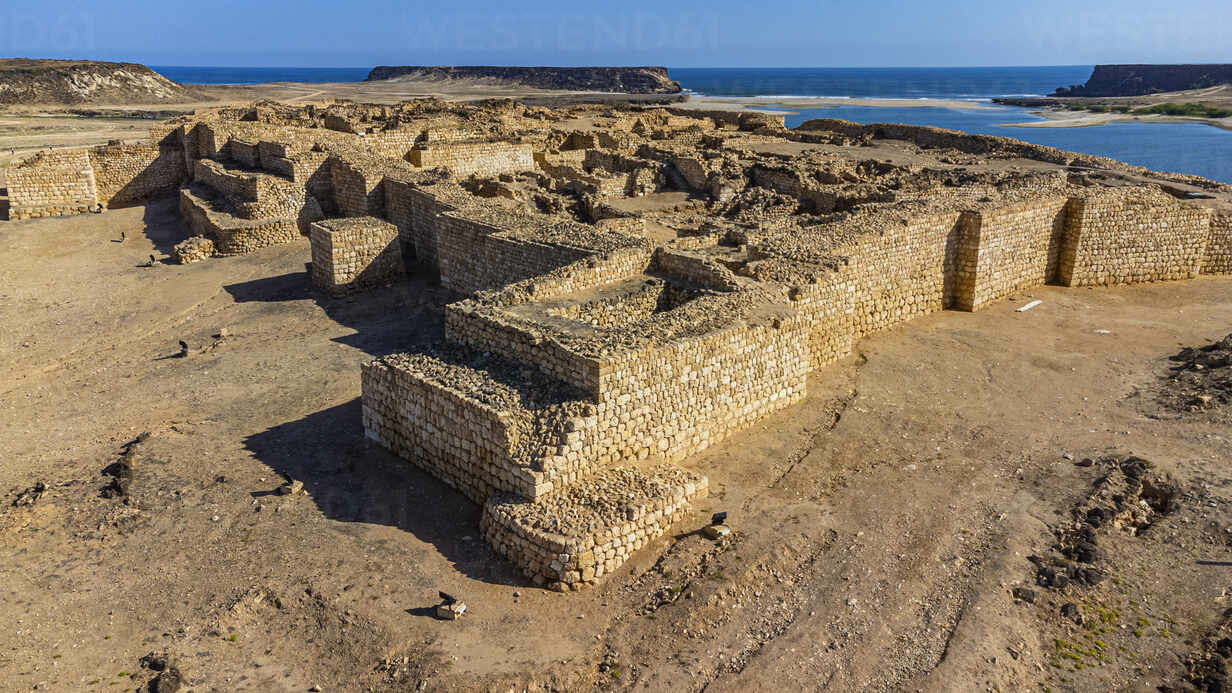
Wadi Dawkah Frankincense Park
Location: North of Salalah
Highlights:
- Boswellia Sacra Trees: See the frankincense trees in their natural habitat.
- UNESCO Site: Part of the Land of Frankincense World Heritage listing.
- Educational Experience: Learn about the harvesting and processing of frankincense.
Tips:
- Best Time to Visit: Early morning or late afternoon to avoid the midday heat.
- Respect Nature: Do not damage the trees; harvesting is a skilled process.
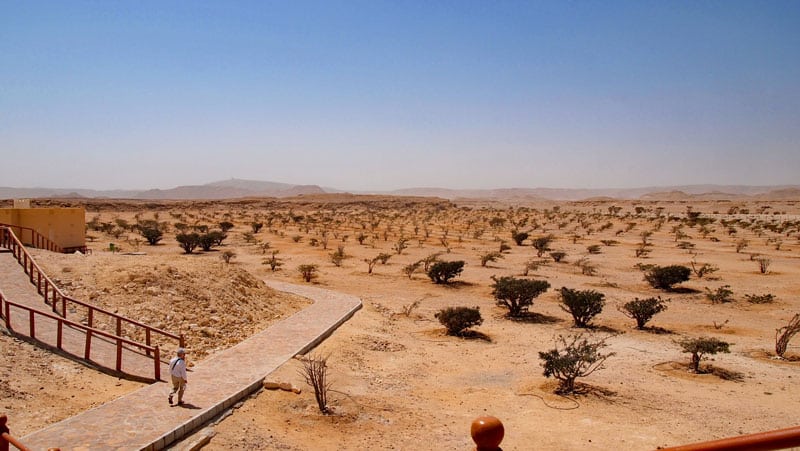
Cultural Experiences Along the Trail
Visiting Local Souqs
- Al Husn Souq in Salalah: Purchase high-quality frankincense, myrrh, and traditional Omani crafts.
- Tips: Engage with local vendors to learn about the different grades and uses of frankincense.
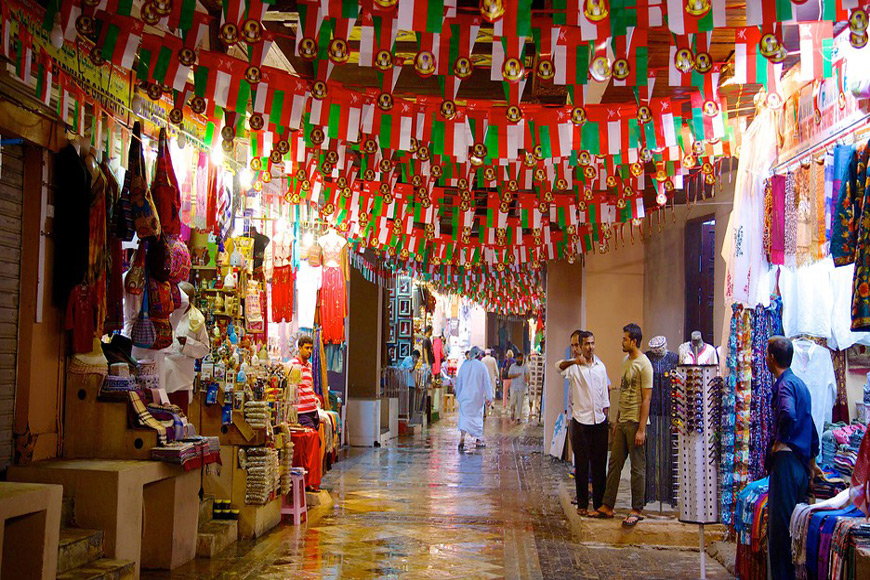
Traditional Omani Hospitality
- Stay with Local Families: Some communities offer homestays, providing an authentic cultural experience.
- Participate in Traditions: Learn how frankincense is used in daily life, from incense burning to traditional medicine.
The Mystique of Frankincense
Legends and Myths
- Gift of the Magi: Frankincense was one of the gifts brought to the infant Jesus, symbolizing divinity.
- Healing Properties: Ancient texts attribute various medicinal benefits to frankincense.
Modern-Day Uses
- Aromatherapy: Used for relaxation and spiritual practices.
- Perfumery: An ingredient in high-end fragrances.
- Alternative Medicine: Studied for potential anti-inflammatory and anti-cancer properties.
Practical Information for Travelers
Best Time to Visit
- Khareef Season (June to September): The monsoon transforms the Dhofar region into a lush, green landscape.
- October to April: Pleasant weather suitable for outdoor exploration.
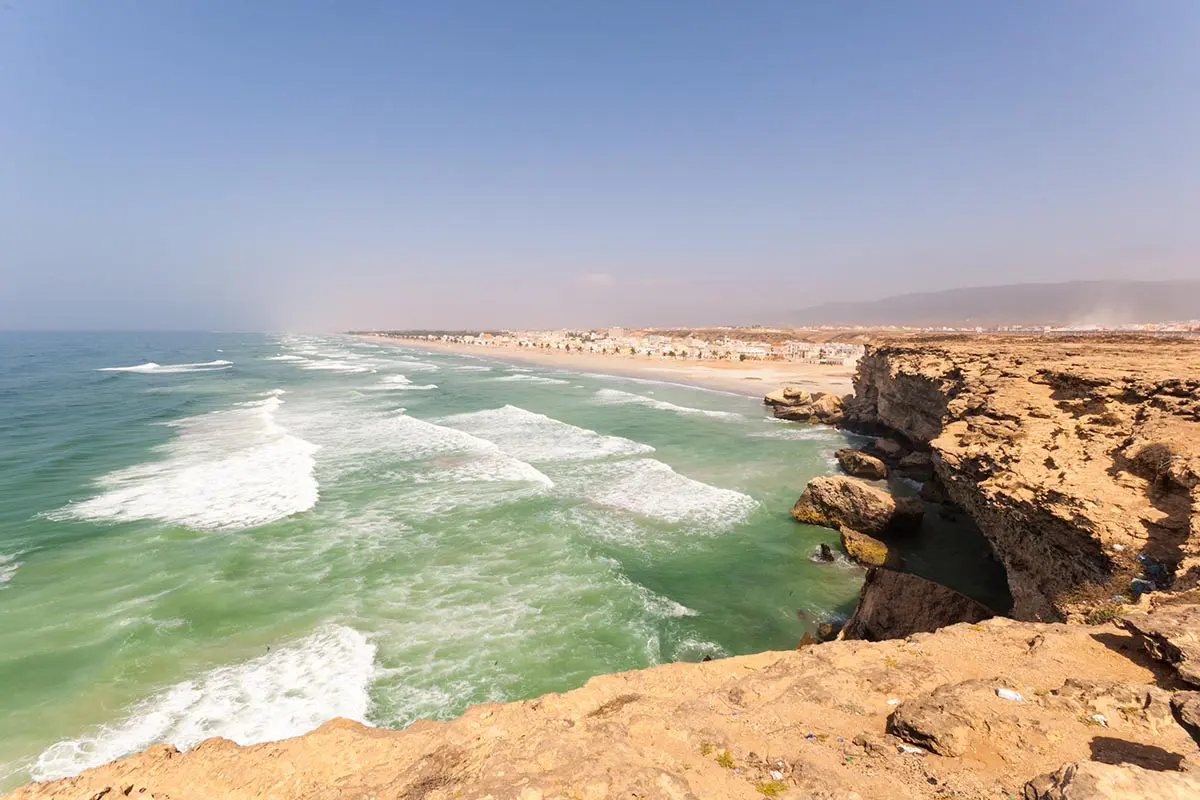
Transportation
- Car Rental: Recommended for flexibility; roads are generally well-maintained.
- Guided Tours: Available for archaeological sites and nature reserves.
Accommodation
- Salalah: Offers a range of options from luxury resorts to budget hotels.
- Eco-Lodges: Available near some natural sites, providing sustainable lodging experiences.
Cultural Etiquette
- Dress Modestly: Cover shoulders and knees, especially in rural areas and religious sites.
- Photography: Ask permission before photographing locals.
- Environmental Respect: Preserve the natural and historical sites by not littering or causing damage.
Conclusion
Exploring Oman’s Frankincense Trail is a journey through time, offering a profound connection to ancient civilizations and the enduring legacy of this precious resin. From the archaeological wonders of Al Baleed and Sumhuram to the living landscapes of Wadi Dawkah, the trail invites travelers to uncover the history and mystery that have made frankincense a symbol of Oman’s rich heritage. By immersing yourself in this timeless voyage, you not only witness the remnants of a storied past but also experience the cultural heartbeat that continues to define the Sultanate of Oman.
We hope this guide enriches your exploration of Oman’s Frankincense Trail. Safe travels and happy discovery!
